Cuba: An Ideal Cruising Destination Closed to Americans
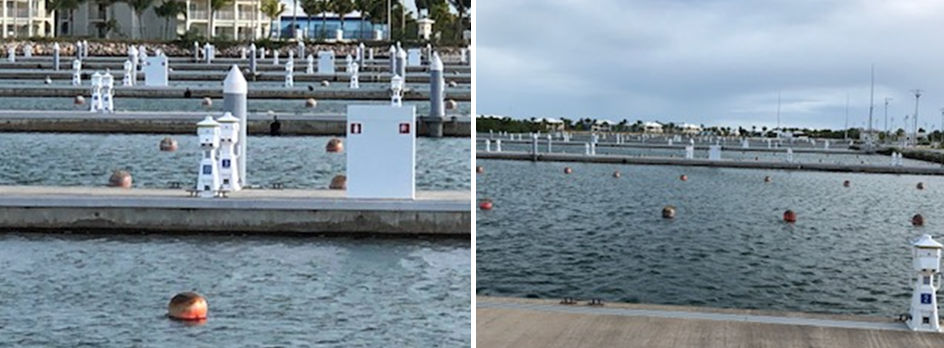
While the U.S. government prohibits most of its citizens from traveling to Cuba, the rest of the free world is allowed to go there. The island is particularly popular with Europeans because of its resorts, sunny climate, and beaches. Boaters from Canada are most in evidence, but there are also long-distance sailors who make Cuba a stop on a Caribbean exploration.
Northern Coast
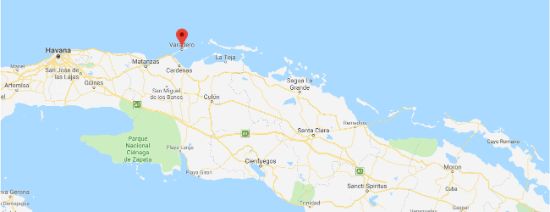
Varadero is known worldwide for its pristine beaches jutting off the northern coast of Cuba. There, we find several marinas and plenty of places to Med Moor, as well as places to tie-up alongside a dock. In the major marina, there is power and water as well as first-class shore amenities.
Havana harbor is a large commercial port that's not particularly suitable for yachts. The Hemingway Marina is better for yachts, which is west of town. This large complex has condos and apartments along canals that are protected and have electrical and water services.
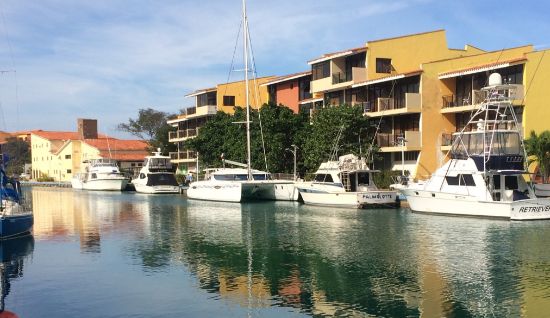
Southern Coast
On the South Coast Dream Yacht Charter base in Cienfuegos on the southern coast of the island, a seaside town was once the haven of the glitterati on holiday. The base is tucked behind an all-white yacht club, a remnant of the town’s splendor and bygone glory.
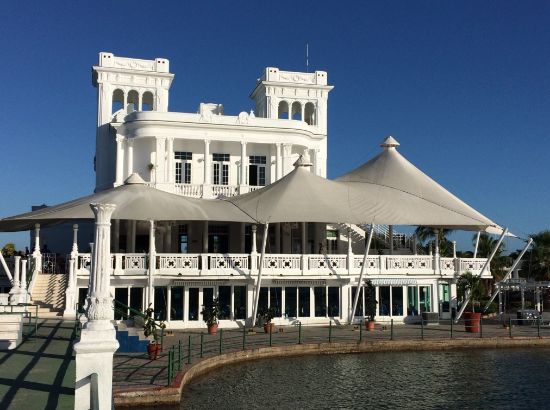
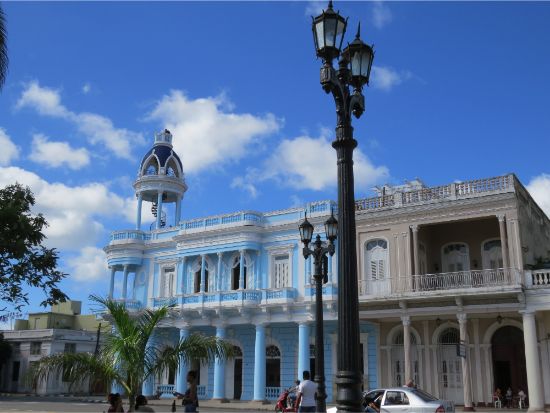
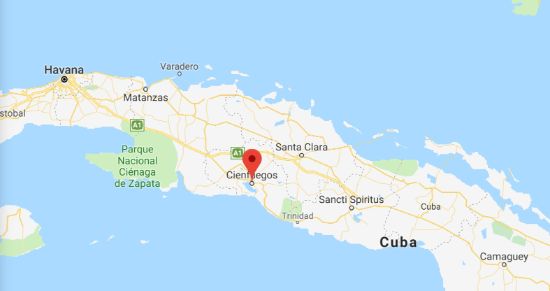
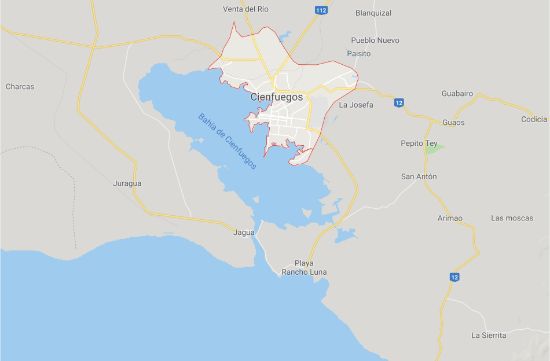
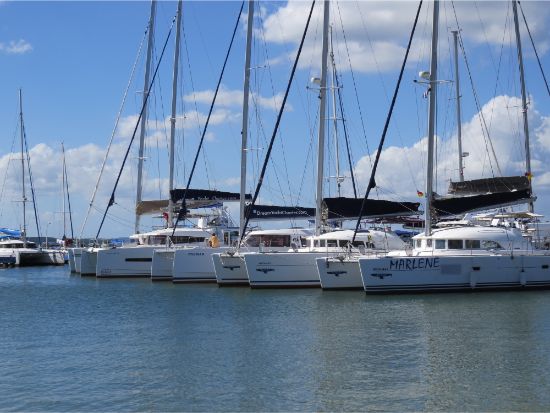
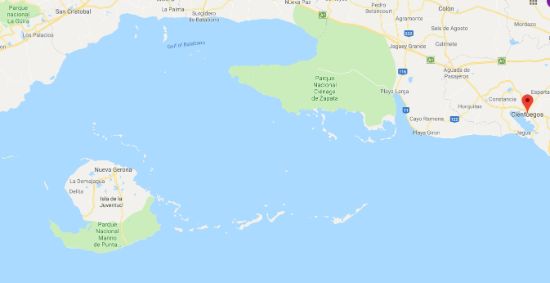
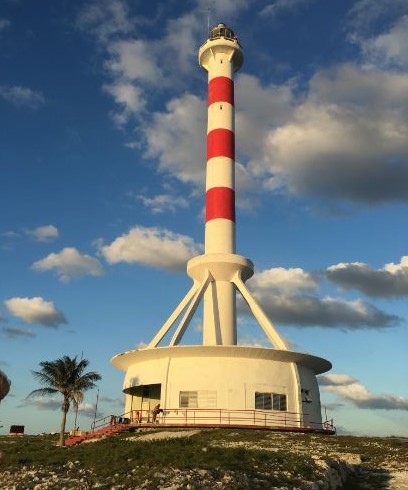
Unlike the rest of the Caribbean where bars and souvenir shacks dot nearly every beach, there’s very little commerce in the Cuban islands. With no restaurants on the horizon, it's wise to be prepared for on-board cooking. Fresh fish can be purchased from the many local fishermen found along the way. Cuban fishermen who often live in the desolate islands take their catch to a central point for shipping to the mainland. Lobster is also available. Better find butter ashore.
Caught in Time
Many of the southern islands are uninhabited. Cayo Largo is a respite in the last outpost of civilization, for a while. There, cold beer and WiFi can be found at the bar.
Along the course west is pristine Playa Sirena, which is usually deserted, and the Canal del Rosario, a narrow cut with alligators sunning themselves in the mangroves.
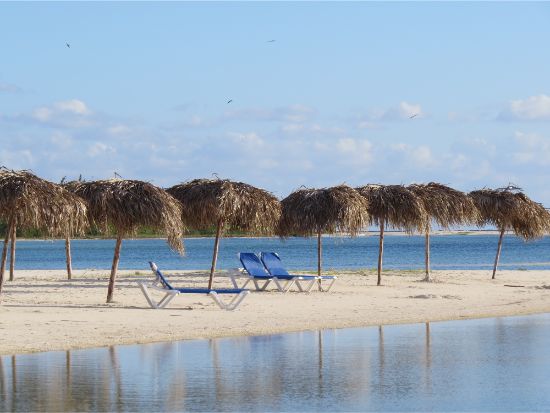
Cuban cruising is remote and reminiscent of the day when only a lucky few experienced life from the deck of a yacht. It’s a throwback in time. What’s more exotic than time travel?
The scarce commercialism of the islands is what makes these waters ideal for anyone who’s had enough of crowded anchorages, haggling T-shirt vendors and a watery approximation of Disneyland. It’s not for sailing newbies or for those who prefer mooring balls and boisterous bars to quiet anchorages and unobstructed sunsets. Trading is still a way of life here, perhaps as in the days of Joshua Slocum or Bernard Moitessier.
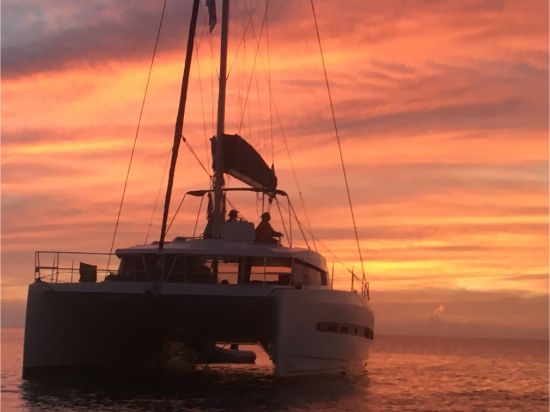
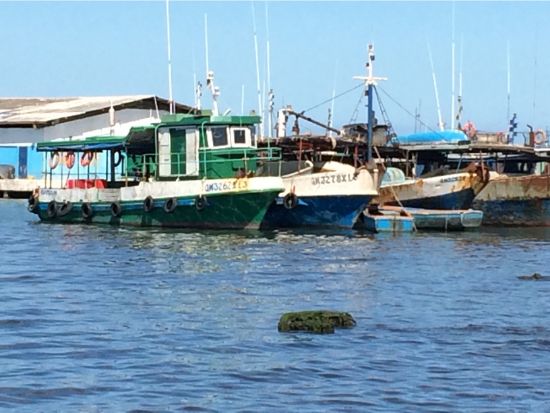
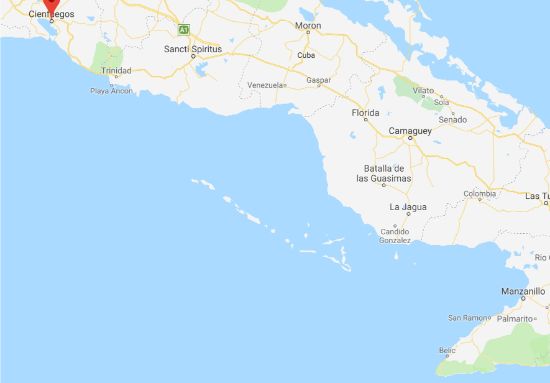
Land Cruising
Trinidad is just 30 minutes from Cienfuegos. It's a UNESCO World Heritage site, largely because of its well preserved 16th Century buildings and houses.
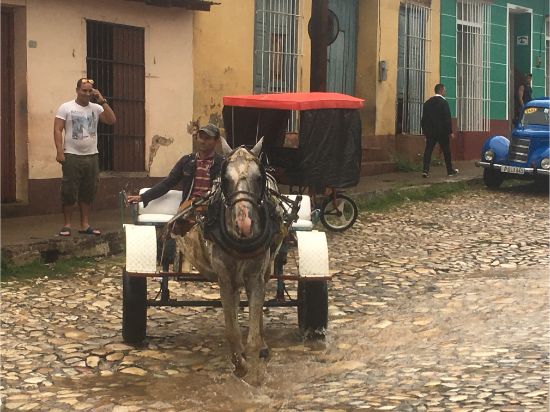
Trinidad is the kind of place where you should expect to run out of camera memory. It simply can’t take a bad picture.
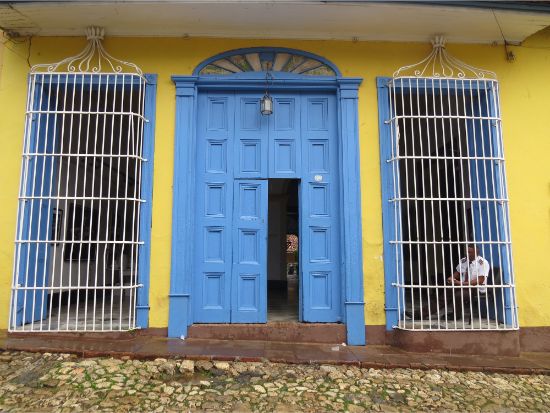
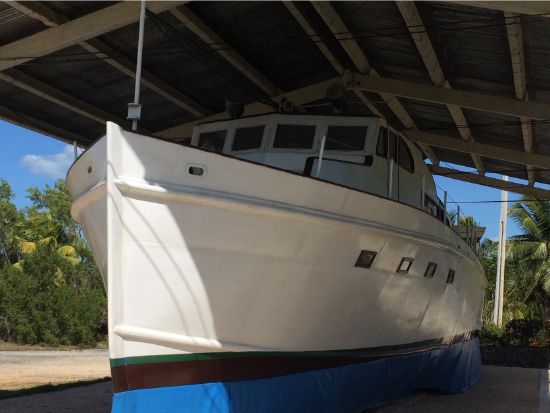
Havana is a Must
No visit to Cuba is complete without a couple of days in Havana, which is simply mesmerizing. On our first evening, we poured into Floridita, a tourist bar where a life-sized bronze statue of Hemingway haunts the bar. Hemingway is heavily marketed throughout Cuba. Each bar has a fuzzy black and white photo of the man, sometimes accompanied by Castro and at other times aboard his boat, Pilar.
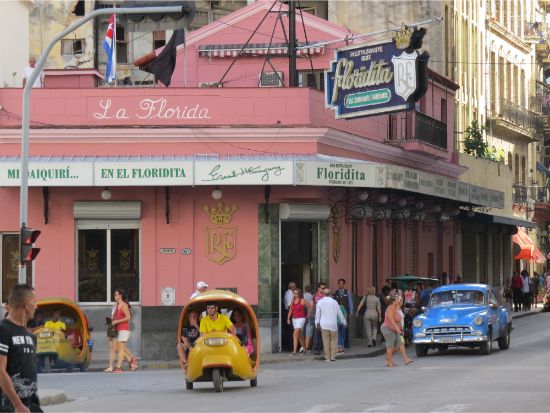
In the capital, buildings and people are about as authentic as it gets, with street musicians and vegetable vendors on every corner. The ever-present Policia are here, creating a sense of safety and order.
The old town is a mix of history, well-worn grandeur and the calamity of modern life. Private enterprise has gotten a foothold judging by the numerous independent restaurants (paladares), bed and breakfast accommodations (casas particulares) and of course those fabulous old Chevy’s, Buicks and Fords.
Some of these American classics have been lovingly restored with limited materials, which is why many are painted pink and most share the same seat vinyl. None run on their original engines since parts have long disappeared and this necessitates a lot of time spent under the hood. Most are powered by 4-cylinder diesel engines. All the guys are MacGyvers, able to fix anything with a paperclip and some duct tape.
Wine is sketchy here but the rum flows freely, so head out for mojitos on the terrace of the famous Hotel Nacional. Waiters in white waistcoats scurry around tame peacocks. The ambiance on the deck hints at the days a half-century ago when celebrities and mafia dons strolled along the Malecon below.
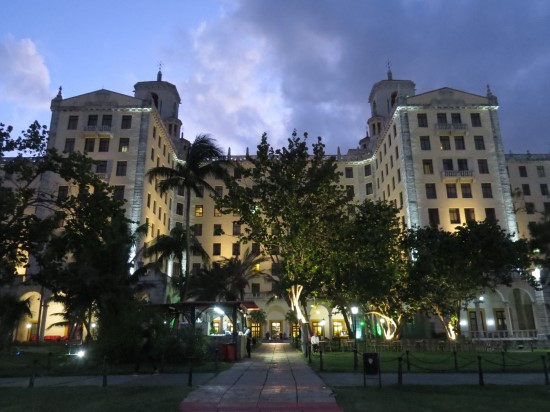
Cuba is funky. Its 'Big Brother' vibe mixes languidly with the hot climate, the Spanish culture and the laid-back ease of the Caribbean. It’s a step back into the past. As in many respects, Cuba is still living in the 1950s, albeit with Castro and his heirs running the show.

For information about bareboating in Cuba...click here... https://www.dreamyachtcharter.com/destination/cuba/